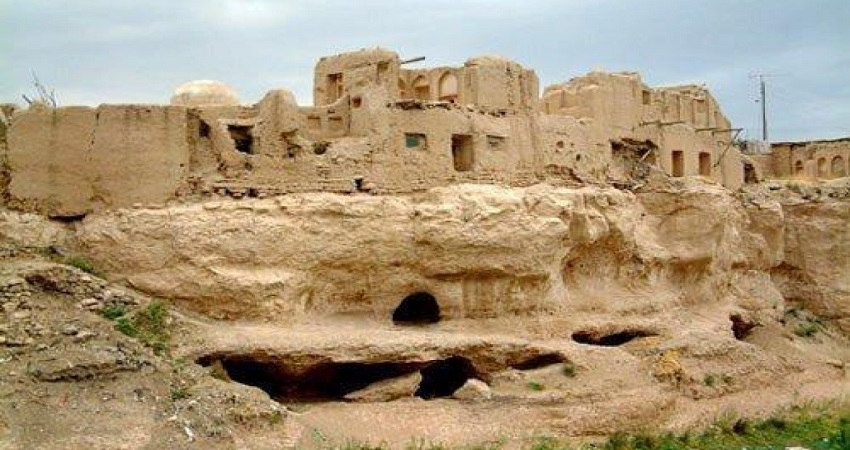Qerveh Village

Falak-ol-Aflak
May 6, 2020
Sasanian Persia
May 10, 20203,000-Year-Old Village of Qerveh: A Major Tourist Attraction in Iran
The Qerveh village located in the western province of Zanjan, Iran, is 3,000 years old and was built on a piece of rock and attracts a large number of visitors annually.
The village located next to a road connecting Takestan to Abhar and, geographically speaking, is located on a natural plain. In fact, the villagers raise cattle or work on farms. They make money by producing and selling dairy products and handicrafts.
The Abhar River flows through the village of Qerveh and makes the land green and fertile. Part of a mass of limestone dating back to the Quaternary (fourth) geological era is located to the north of the river. The mass of limestone is formed in such a way that the rough surface is much higher than the ground surface.
Locals seem to have used this feature to build their village in such a way so that it has high security and safety against highwaymen and looters.
Accordingly, they have built village homes on that mass of rock in such a way that the outer walls of homes are vertically level with the wall of the limestone mass. In this way, the walls of the houses are located exactly on top of the stone walls, making the village impenetrable. It seems the pathway into the village was designed while taking safety issues into account.
The remains of the houses built on the mountain are quite visible and create a beautiful view. Among the historical monuments in this village, we can mention the Great Mosque, an ancient bridge over the Abhar river, and several watermills dating back to the Safavid era. With a history of 1025,000 years, the Qerveh Great Mosque is one of the monuments built in the Seljuk era and has unique architecture.

